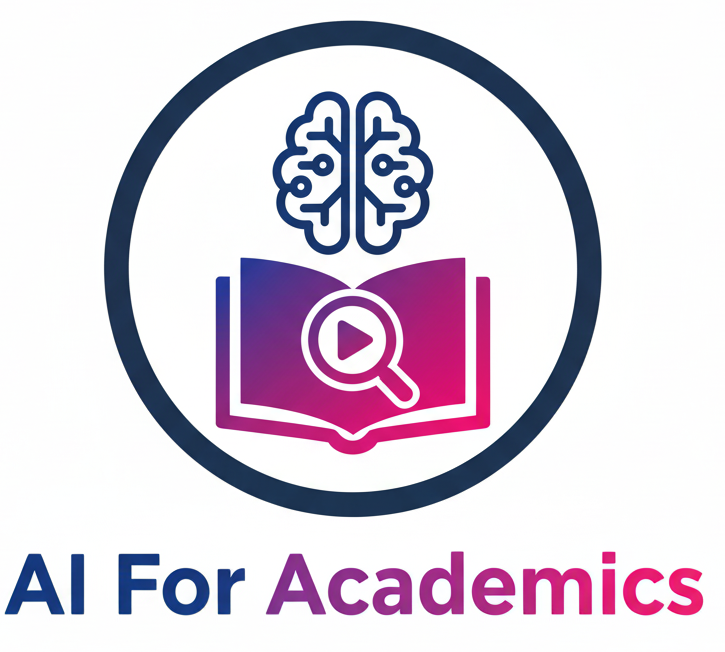In academia, your research is only as good as your ability to communicate it. Whether you are presenting at a major conference, defending a thesis, or teaching a complex concept to students, the transition from detailed data to a visually compelling narrative is a major hurdle.
Manually designing slides that are both aesthetically pleasing and scientifically rigorous is time-consuming. Fortunately, AI presentation tools are revolutionizing this process, allowing researchers to automate design, perfect their delivery, and ensure their findings resonate with any audience.
Your research deserves a spotlight. By leveraging the latest AI tools for Presentation and Communication, you can delegate the visual drudgery and performance critique, allowing you to focus on engaging your audience and driving meaningful intellectual dialogue.
1. Automated Design from Raw Content
The era of spending hours tweaking fonts, alignments, and chart colors is over. Modern AI tools can ingest your raw manuscript, notes, or data and automatically structure and design the corresponding presentation.
How AI Automates Design:
- Content Structuring: AI analyzes your text for key headings, bullet points, and data summaries, then intelligently divides the information across an optimal number of slides.
- Visual Coherence: Platforms apply consistent, professional design themes, choose high-impact visuals, and ensure all elements adhere to the principles of good graphic design—all without any manual effort from the user.
- Data-to-Chart Conversion: Instead of struggling with chart generators, you can feed the tool a spreadsheet and it will recommend and create the most effective chart type (bar, line, scatter) to communicate the specific insight of that data.
2. Real-Time Coaching for Flawless Delivery
A great presentation is about more than just slides; it’s about performance. AI is now acting as a personal, unbiased public speaking coach, helping academics perfect their delivery before they ever step onto the stage.
Tools for Pacing and Tone:
- Pacing Analysis: Presenters often speak too quickly when nervous. AI tools listen to your practice session and provide metrics on your words-per-minute rate, highlighting sections that need to be slowed down for audience comprehension.
- Filler Word Detection: Tools like Poised or specialized presentation software identify and count instances of distracting filler words (“um,” “like,” “so”), helping you eliminate vocal clutter and sound more authoritative.
- Tone and Energy: The software analyzes vocal pitch and volume variations to ensure your tone matches your content, helping you sound passionate when discussing key findings and measured when explaining methodology.
3. Creating Digestible Visual Narratives
Academic concepts are often dense. The true power of AI in communication is its ability to help you simplify complexity without losing scientific accuracy.
Accessibility Checks: AI automatically flags text contrast issues, font sizes that are too small, and complex language, guaranteeing your presentation is accessible to all viewers.
Executive Summaries: AI can generate concise, high-level summaries for the opening and closing slides, ensuring your key takeaway is crystal clear for non-specialists or busy colleagues.
Visual Storyboarding: Some tools assist in creating a logical flow (or “story”) from one slide to the next, helping the audience follow the intellectual journey of your research.


Turn Data into Dialogue
Your research deserves a spotlight. By leveraging the latest AI tools for Presentation and Communication, you can delegate the visual drudgery and performance critique, allowing you to focus on engaging your audience and driving meaningful intellectual dialogue.
Ready to transform your next lecture or defense? Discover the best AI platforms for generating high-impact slides and refining your public speaking skills in our dedicated Presentation and Communication category today.


Leave a Reply